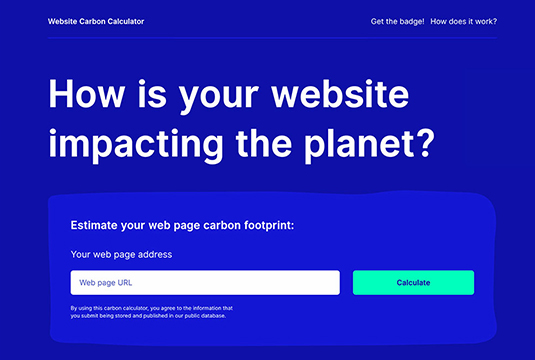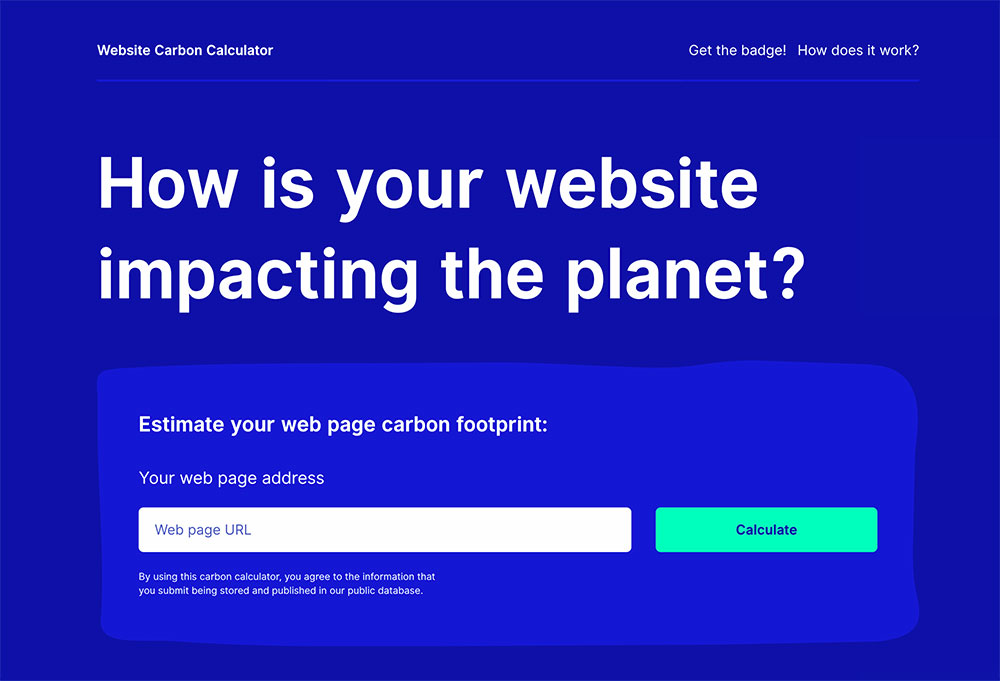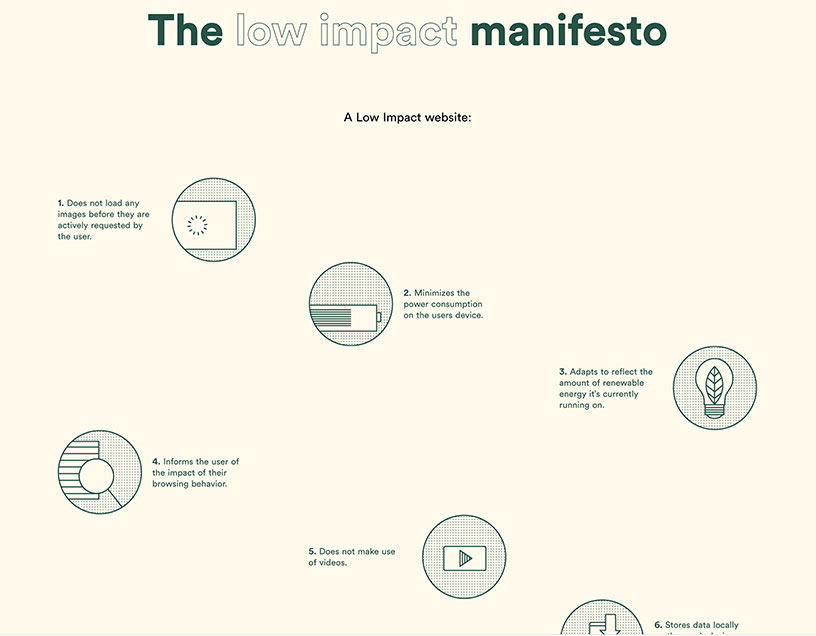

Last updated on November 5th, 2021 at 07:14 pm
The first time we met Amy Greenwald from Blue Raspberry Design, she was telling us all about branding for small business. We invited her back this time to talk to Swire Ho #thepromoguy about green graphic and web design. This is something that she’s passionate about and we cannot wait to hear what she has to say!
Interested in finding about your website’s carbon footprint? Check out Website Carbon Calculate, a website that analyzes how websites impact the planet. We ran a test between Walmart.com and Patagonia.com. As it turns out, Patagonia.com uses more energy than Walmart.com! According to Amy, large images and file sizes are likely to be the cause. They are draining the file servers and have a higher carbon footprint.
Green graphic and web design is creating website and prints with the planet and its people in mind. It is also about thinking through the impacts our decisions have about materials and energy usage. Certain communities, including less affluent and coastal communities are being disproportionally impacted by climate change. Every business and marketing decision has far reaching impact in the world.

Often when we think of green design, we may only be considering limiting large file sizes and such, but it actually goes deeper than that. Start with the web servers that your website is on, what type of materials were used? Are the employees ethically treated? What about your company paper choices, are they sustainably sourced? Forestry if not done properly can disrupt the eco-system and soil. How is the printed materials recycled or disposed once it’s reached its end of life? These are the questions we need to ask ourselves when it comes to sustainability.
Many companies are already moving in that direction. Many industries are moving to eco-friendly, and it’s not just the green industry. Swire recalled a recent client in the hotel industry approached us about creating merchandise without any plastic. As a result, we had to avoid a lot of our usual options. It was challenging to do something that we are not used to.
With printing stock, there are many recycled choices out there, as well as tree-free option such as hemp, cotton, straw sugar paper. 100% post-consumer waste paper is widely available and one of the best option. A knowledgeable designer can incorporate the texture of the paper into the design to bring it to the next level.
Additionally, go with a green printer who prints with soy, planted based, vegetable inks. Vegetable inks are much brighter than traditional petroleum based ink, not to mention that it can be composted. However if a green printer is not available where you live, choose a local printer vs one that is far away. It will reduce carbon print of the transportation of the materials.
Lastly, if possible, avoid lamination and metallic foils. Lamination contains plastic, metallic foil is toxic and they cannot be recycled. The toxins will be released into the earth and pollute the ground water. Soft touch lamination is a popular choice for business cards and postcards these days. It feels luxurious and is comfortable to touch. Did you know it is a plastic lamination and thus cannot be recycled?The job of green designers and suppliers is to educate clients about sustainability, materials to avoid, provide options so they make informed decisions.
However, Amy pointed out that it is acceptable to use foil on items like books or long lasting items and not thrown out right away. Foil on business cards, which get thrown out frequently is not a good idea.
A green designer can use alternative techniques such as letterpress, emboss, or deboss to create a sense of luxury to a design. Die-cutting, different shapes, folds are other ways to add sophistication and impression as well.
In the promotional products world, many items and apparel are now being made with recycled materials. Shirts and bags are being made from recycled bottles.The green promotional products are increasingly popular and available.
Swire recalled a project where he used a seeded paper for a client. When he planted the paper, 2 weeks later it did sprout! Using sustainable and natural materials can send a message that align with your marketing and company values.
As Amy points out, digital does not equal to green. According to Greengeeks, data centers which host websites emit as much CO2 as the airline industry! It is about 2-3% of global emission. It is estimated that by 2040, 14% of all CO2 will come from data centers, which is equivalent to what the US outputs.
Website, images, streaming is more tangible. When we upload an image, video or stream a video, we tend to think it comes from a cloud space and therefore it does not occupy any physical space. As technology advances such as 4K screens which demands better quality video, it results in larger file sizes, more storage, more CO2 emission.
Amy gave us some practical steps in making more websites green:

When it comes to sustainable branding practices, it all starts with company values. For example, if you are a dentist and you want to lower your carbon impact. Take a look at your current procedures and marketing and what sustainable practices are there. Maybe you will give customers bamboo toothbrushes, tablet mouthwash, tablet toothpaste instead of plastic. In order to make a real impact, companies should be transparent and authentic, explain the reason and the way you are doing things sustainably. In addition, communicate and get feedback from your customers about your current practices and how they can be improved in order to lessen the impact on the environment. Perhaps the custom packaging you are currently putting on the products is not what is attracting your clients to you. Through an open communication with the clients, your company is evolving to be more green and sustainable, withe the client in mind.
Green designs can define a blueprint for a client on best practices to introduce sustainability to the brand.
The future will be green or not at all. Sustainability is now or never. It will help later generations, your kids, grandkids and more. What’s more, Gen Z and millennials are demanding sustainable practices and are willing to pay more if it is sustainable.
A designer can help a client to balance between eco-friendly practices and budget. Many companies have eco-friendly options that cost about the same as their counterparts. The green industry isn’t the only industry going eco-friendly. Evaluate your needs as best you can so you are not overprinting, overproducing what you may end up throwing away.
Green graphic design is a start. Talk to printers and vendors. Do web research. Talk to designers. Start asking questions on how we can do better. Remember that sustainability is a journey, and no one has to be perfect about it. You can think out of the box to create something unique, engaging and sustainable. Get people talking because of your unique approach to branding and marketing.
Amy Greenwald is from Blue Raspberry Design. She focuses on green and sustainable designs for business. She can be reached via email on [email protected] and on Instagram @blueraspberrydesign.

Shirley is the co-founder of Garuda Promo and Branding Solutions. With a background in print production and graphic design, she specializes in promotional products marketing, creating end-products that aligns with her client's marketing goals and brand strategy.
